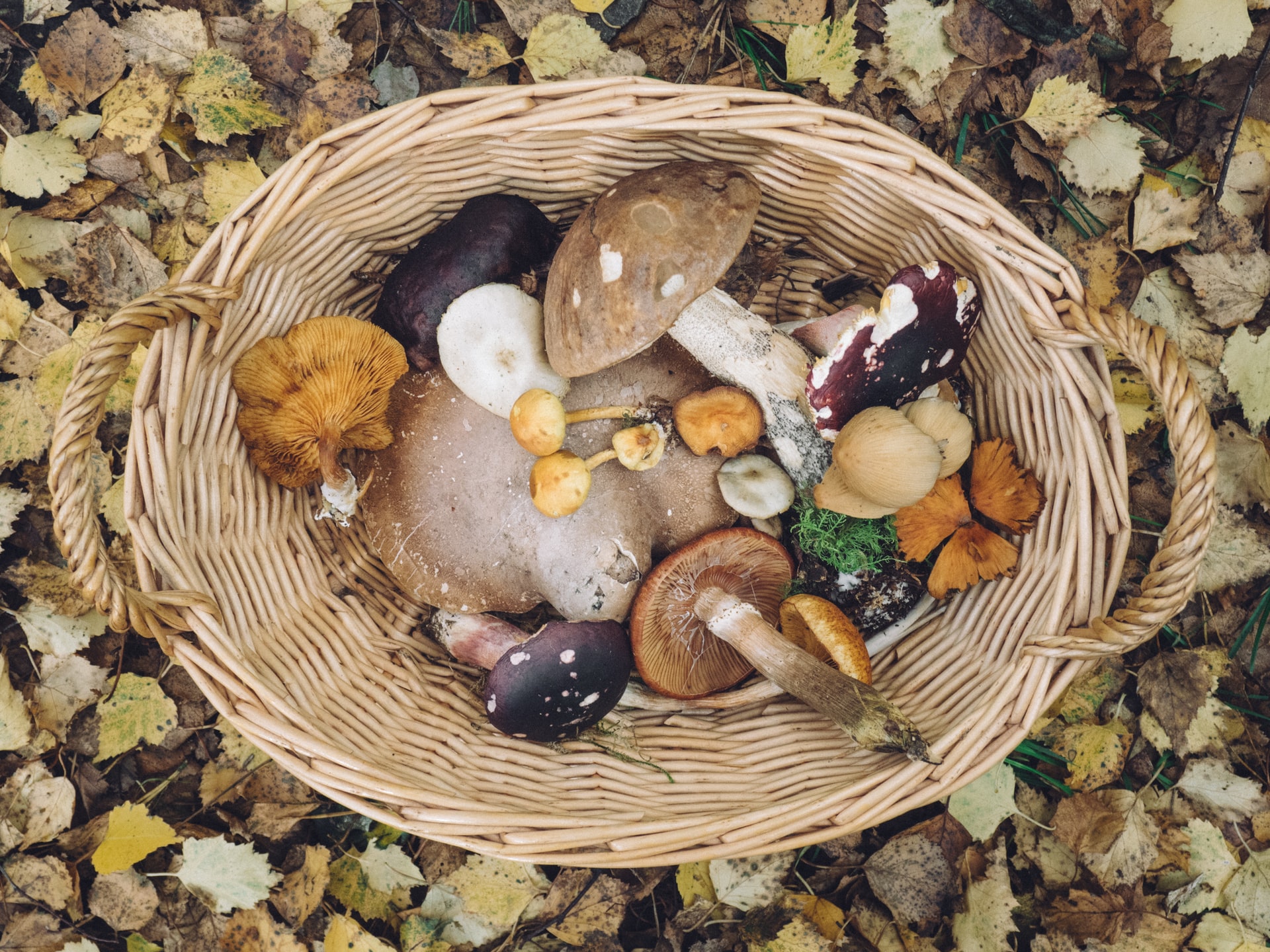7 FOODS YOU CAN EAT TO HELP SAVE THE PLANET

THESE 7 OF THE ‘FUTURE 50 FOODS’ ARE GOOD TO EAT AND GOOD FOR OUR PLANET
In 2019, the WWF partnered with global food giant Knorr to launch the Future 50 Foods report, a collection of diverse plant-based foods from around the world that can boost the nutritional value of our meals whilst reducing the environmental impact of our food supply. The World Economic Forum selected 7 of these wonder-foods for a video they shared. We take a closer look at the benefits of these 7 and other information from the report.
WWF AND KNORR’S FUTURE 50 FOODS
The launch of the Future 50 Foods report in 2019 followed the release of WWF’s Living Planet Report, which highlights the devastating impact of the global food system. As the biggest driver of nature loss on the planet, it is changing our climate, devastating wildlife and is the leading cause of deforestation.
That's when the WWF teamed up with Knorr to inspire chefs, retailers and shoppers to adopt a greater variety of plant-based ingredients.
The Future 50 Foods report combines some familiar ingredients, such as lentils, wild rice and kale, with less well-known foods like fonio, pumpkin flowers and cactus. Many of these have higher yields than the crops we currently rely on and several are tolerant of challenging weather and environmental conditions, meaning they could not only reduce the land required for crops, but also prove invaluable in the face of growing climate uncertainty.
Greater diversity in our diets is essential as the lack of variety in agriculture is both bad for nature and a threat to food security. Currently 75% of the world’s food comes from just 12 plant and five animal species. It’s essential that we change our eating habits to ensure we protect our planet whilst feeding the growing global population.
Algae: Algae are nutrient-rich and critical to our existence on the planet. They are responsible for half of all oxygen production on Earth and all aquatic ecosystems depend on them. They contain essential fatty acids and are an excellent source of antioxidants. Algae can be rich in protein and have a meat-like umami flavour, making them a potential replacement for meat.
Lentils: Originally from North Africa and Asia, this cousin of the pea was one of the world’s first cultivated crops. Requiring little water to grow, lentils have a carbon footprint 43 times lower than that of beef. There are dozens of varieties, all with slightly different earthy, peppery or sweet flavours. Lentils are packed with protein, fibre and carbohydrates.
Fonio: Fonio is possibly West Africa’s oldest cereal grain. Since at least 2014, it’s been called the next quinoa, and it’s already available in Whole Foods.
Okra: well suited to resist changes in climate, okra is among the most heat- and drought- resistant vegetables in the world. It contains antioxidants, including beta-carotene, xeaxanthine, and lutein35. This slim, green seed pod goes by many names, including gumbo, bhindi and lady’s finger. When cooked, the seeds produce a sticky, viscous liquid, which makes them ideal for thickening soups and stews. Okra can be steamed, stir-fried or grilled and pairs well with strong, spicy flavours and seasonings.
Moringa: also called the drumstick or horseradish tree, Moringa is often referred to as ‘the miracle tree’ because of its exceptional qualities. It is fast-growing and drought-resistant. The trees form a natural windbreak, helping to prevent soil erosion in countries such as Haiti. The leaves are highly nutritious and grow plentifully all year round. Many parts of the tree are used in traditional medicine throughout India and Asia. Products containing moringa have recently gained in popularity as health supplements due to their nutritional value.
Spinach: Although the powers of spinach were highly overstated by Popeye, this tender vegetable does contain many important nutrients. It is particularly high in vitamins A, C and K, folate (B vitamin) and contains iron, other minerals and phytonutrients. A relative of beets, chard and quinoa, spinach is fast-growing and suited to cooler climates where it can be cultivated all year round. Eaten all over the world, spinach leaves can be steamed, sautéed or stir-fried and added to curries, soups, pasta dishes and stews. They can also be served on their own,as a side or fresh in salads.
Mushrooms: there are more than 2,000 edible varieties of mushrooms. Cultivated for centuries for their taste and nutritional value, mushrooms are rich in B vitamins and vitamin D as well as protein and fibre45. Mushrooms can also grow where many other foods would not, including on by-products recycled from other crops. They are not considered plants as they do not photosynthesise; they are classified as fungi. Their texture and umami flavour make them a tasty addition and a suitable substitute for meat.
LARGE-SCALE CHANGE BEGINS WITH SMALL ACTIONS
The Future 50 Foods have the power to increase the nutritional value and decrease the environmental impact of everyday meals. We all need to be a part of shifting the food system by using our purchasing power to increase the demand for and supply of foods that are better for people and the planet. Start by choosing to eat a wider range of foods, including the Future 50 Foods. Large-scale change begins with small actions. To find out more or download the report, click Future 50 Foods.
Original article from BrightVibes.